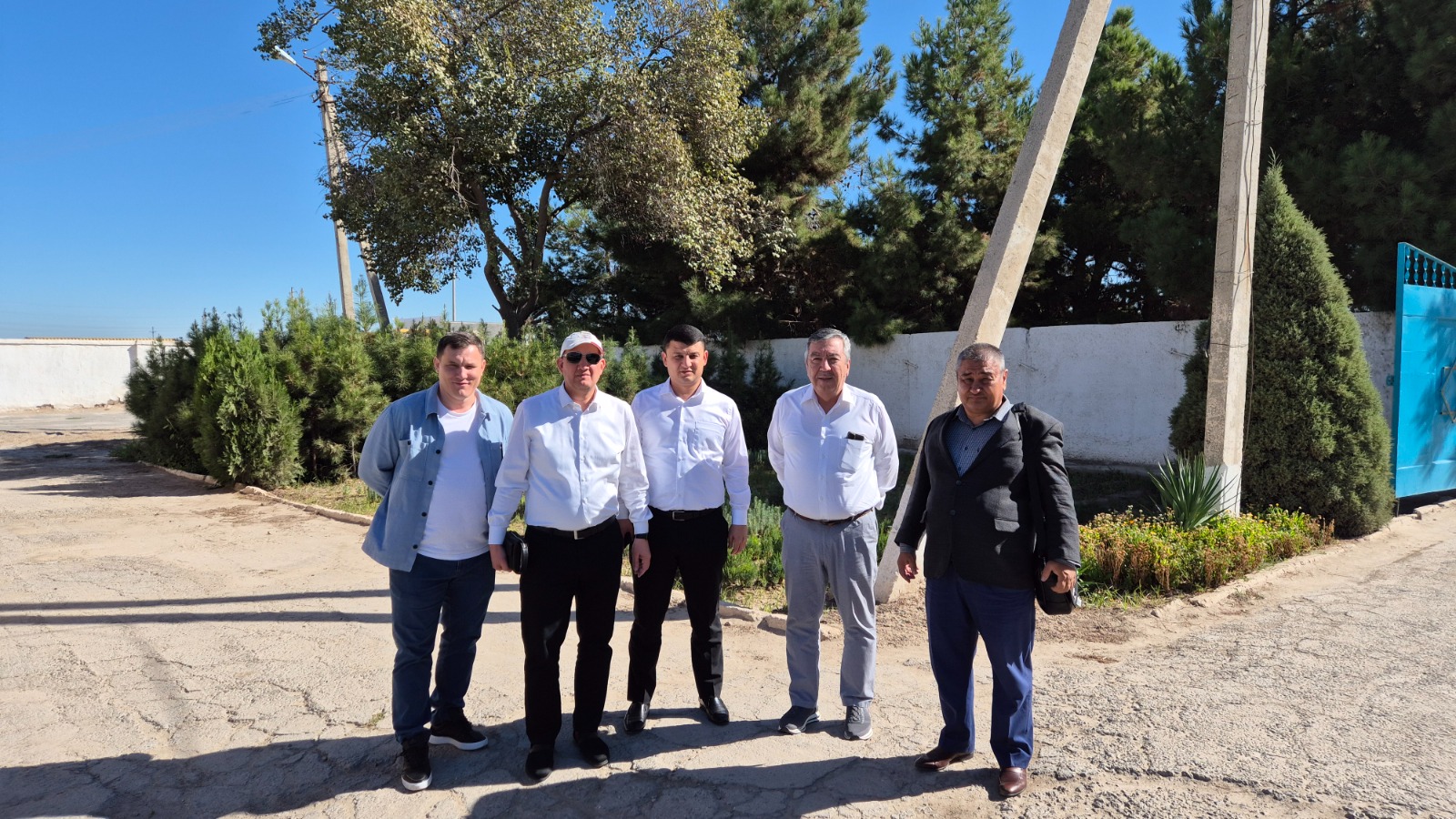
From September 10 to 12, 2024, a working trip was organized to the Lebap velayat to assess the condition of the pilot areas and develop proposals for activities on them within the framework of the signed Agreement between the Food and Agriculture Organization of the United Nations (FAO) and the project office of the Regional Environmental Center for Central Asia (CAREC) in Turkmenistan for the preparation of “Technical support on Natured –Based solutions in Turkmenistan” TCP.
During the visit, the Amu Darya State Reserve, the Repetek State Biosphere Reserve, the “Yeradzhi” State Reserve, as well as the forestry enterprise of the Chardzou etrap and the forestry enterprise “Jeyhun” of Farab city were visited.
The FAO/GEF-8 project, titled “Stimulating Environmentally Friendly Transformations in the Agricultural Sector of Turkmenistan for Increased Resilience to Climate Change”, aims to increase ecosystem sustainability in the Lebap velayat of Turkmenistan. This project aims to promote sustainable agricultural practices, use natural solutions to restore ecosystems, and rationally use natural resources in response to climate change and environmental degradation.
On September 10, 2024, a meeting was organized with the hyakim of the velayat with the participation of the project coordinator of the Ministry of Environmental Protection of Turkmenistan Derya Deryayev, Director of the CAREC project office in Turkmenistan Mergen Kepbanov and head of the ICSD Secretariat Batyr Mamedov.
Mergen Kepbanov, the Director of the CAREC project office in Turkmenistan, gave detailed information about the objectives of the project and the main tasks that will need to be completed as part of this project. He also discussed upcoming visits to forestry enterprises on the pilot area and to the Amu Darya State Reserve and Repetek Biosphere Reserve.
The head of the International Center for Sustainable Development (ICSD) Secretariat, Batyr Mamedov, discussed the expected outcomes of the project and the objectives to be accomplished, as well as the work that needs to be carried out on the ground within the framework of this project.
Recommendations for further work were presented by the hyakimlik of the Lebap velayat. A responsible person from the yakimlik, Amanyazov Dovran, was appointed to coordinate the activities of the project. As a result of the meeting, a protocol of intent was signed between CAREC and the hyakimlik of Lebap velayat in the framework of preparing the FAO/GEF-8 project proposal.
Immediately after the meeting, the mission consisting of Mergen Kepbanov, Derya Deryayev, Batyr Mamedov, Dovlet Dzhumagulyyev, Nazar Allaberdiyev visited the Chardzhou etrap forestry enterprise, which occupies an area of 101 hectares. Along with the forest lands, there are irrigated lands in the forestry territory, which are leased to the Daikhan association. The main problem of forestry is the overflow of drainage networks due to siltation or overgrowth of drainage channels, which causes the rise of groundwater, flooding of irrigated lands and forest lands. Flooding increases salinity, which poses a threat to both agricultural land and the entire forest area. The experts assessed and agreed that effective measures to preserve the ecosystem in this farm and reduce salinity would be the cleaning of drainage channels in order to reduce the level of drainage waters, and the second important event was recognized as crop rotation and the change of crops on irrigated lands to those crops that will enrich the soil with nutrients.
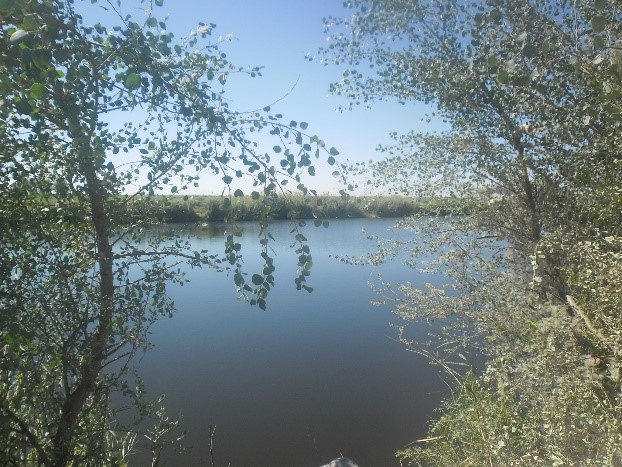
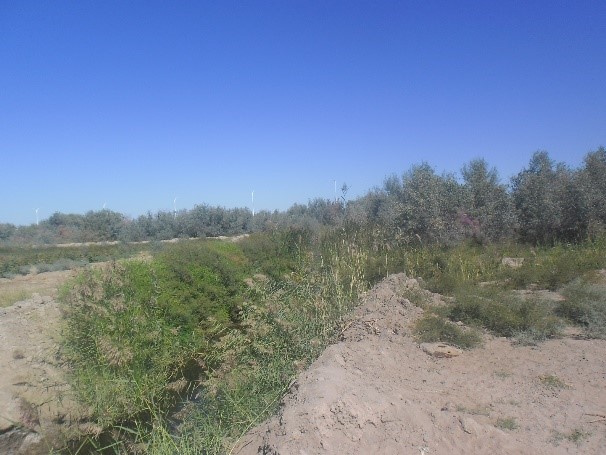
Рисунок 1.Переполнение дренажных сетей Рисунок 2. Заиление дренажного канала
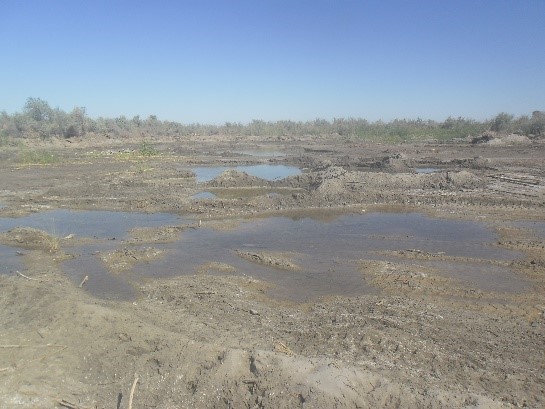
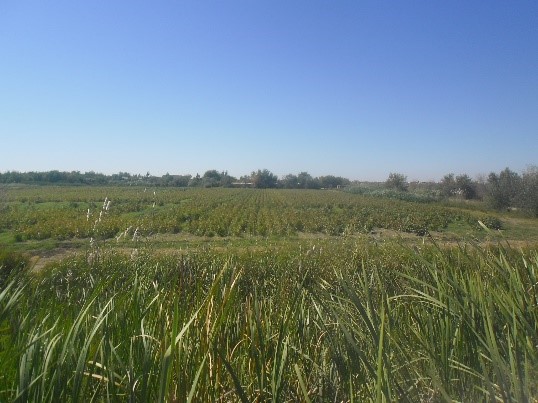
Рисунок 3. Засоление почв Рисунок 4. Снижение урожайности полей
hen they visited the forestry enterprise “Jeyhun” in the Farab city. From the meeting and conversations with employees of the forestry enterprise, it turned out that the irrigated lands and ecosystems of this forestry have similar problems.
On September 11, 2024, a meeting was held with the director of the Repetek Biosphere Reserve, issues related to the future project were discussed, and a detour of the reserve and a visit to the “Yeradzhi” State Reserve were organized.
The Repetek Biosphere Reserve is located in the central part of the eastern Karakum Mountains, about 70 kilometers south of the city of Turkmenabat, in the Lebap velayat, between the Amu Darya and Karakum rivers, near the Repetek railway station. It was established on the site of the Repetek Sand-Desert Station, founded in 1912 by the Imperial Russian Geographical Society. The reserve covers an area of 34,600 hectars. This is one of the hottest regions in Turkmenistan, with temperatures reaching up to +50°C and an average annual rainfall of less than 200 millimeters.
More than 130 species of plants grow on the territory of the reserve, 42 of which are endemic. It was organized by the decision of the Central Executive Committee of the Soviets of the TSR on October 27, 1927, in order to protect the black saul forests of the Eastern Karakum Mountains, as well as to study and preserve the unique flora and fauna of the Karakum sandy desert. In February 1979, by decision of the International Coordinating Bureau of UNESCO Programs “Man and the Biosphere”, the Repetek Reserve was included in the international network of biosphere reserves. The main purpose of the Repetek Biosphere Reserve is to study and preserve the ecosystem of the sandy desert and its biological diversity in a natural state; the maintenance and breeding of rare and valuable animal species in conditions close to natural.
On September 12, 2024, at a meeting with the director of the Amu Darya State Reserve, the goals and objectives of the future project were discussed, and a trip to the territory of the reserve and a visit to the “Nargiz” site were organized.
The Amu Darya State Nature Reserve, established in 1982 and located in the northeastern part of Lebap Velayat, is divided into three sections: Gabakly, Nargiz, and Gerelde. It was established on May 27, 1982 to preserve the unique relict tugai ecosystems along the Amu Darya river coast, which include priceless species of flora and fauna. The floodplain and riverine tugai forests in this area consist of trees such as turanga, willow, loch, and tamarisk, as well as reeds, which often form impenetrable thickets. Wildlife such as wild boar, deer, jackal, and the reed cat can be found here.
Nargiz is located on the right bank of the river reserve, and Kabakly and Gorelde are on the left bank. It also includes part of the water surface of the river. The total area of the reserve is 48,350 hectares, of which 6,500 hectares are coastal forests and 36,320 hectares are deserts.
The project will work with state reserves, among the priorities is the conservation and rational use of specially protected natural areas, key ecosystems and land and water resources. It was noted that the Lebap velayat, according to its characteristics, falls under the requirements of FAO in this project and in order to select a pilot etrap, it is necessary to have agricultural lands of major crops, specially protected areas, pastures, forestry enterprises already in the Lebap velayat.
Additional information:
Mergen Kepbanov, Director of the CAREC Project Office in Turkmenistan, turkmenistan@carececo.org

